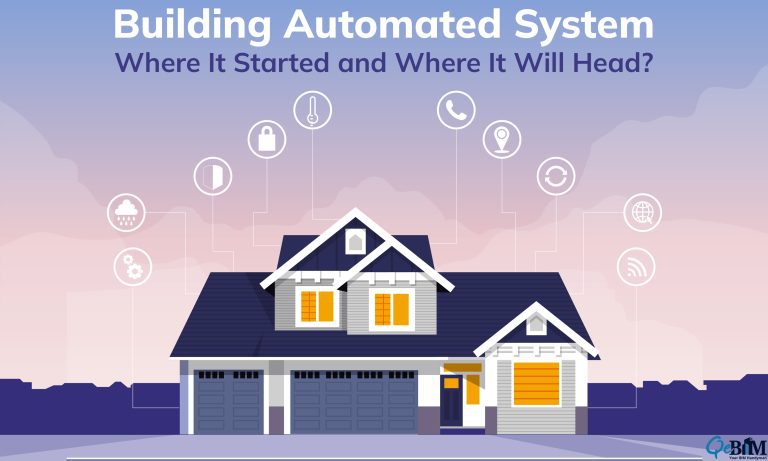Building Automated System: Where It Started and Where It Will Head?

Building automation systems acronym for BAS, is the modern technology to manage and control the building’s HVAC, Electrical, Plumbing, and Security Systems. BAS is the way to the future growth of the building automation industry with the surge in demand for top-class user experiences and an increase in the need for energy-efficient systems.
According to Allied Market Research, by 2027, the global building automation market is expected to accumulate $215.59 billion, recording a CAGR of 11.1% from 2020 to 2027. This growth rate of automation and smart technology in real estate has become easier with the flexibility of using smartphones to control building operations from anywhere. The building managers and owners are lucky to reap the benefits of BAS by managing everything handy and ensuring that their facility is operating at its peak, making it more comfortable for the occupants.
The future of BAS is definitely bright, but let’s first look at the past and see where this technology came from and where it will head in the future with its potential.
The Inception of BAS
Automation systems were first introduced in the early 1880s with the invention of a thermostat. Soon it became the staple of every household in and around the US and evolved into the terminology we call today as building automation systems.
In the later years, this technology penetrated to create a fully automatic control system for steam/hot water and eventually extended towards the ventilation and air conditioning (HVAC).
Initially, the use of automatic control systems was restricted to control only some specific aspects of the HVAC BIM Services, but viewing the faster response rates, easy management, and better precision of these systems, the actual door of building automation systems came into the picture.
However, the idea of “automation” goes far beyond than this. For years, people have tried to automize their daily tasks in whatever way they could. BAS is one of the most prominent and most successful examples of the same.
Where Does the BAS Stand Today?
Despite the tremendous advances in BAS technology over the years, they are yet to be universally accepted into the building framework. Many of the traditional buildings have already adopted BAS to let the building’s HVAC and lighting systems operate independently, altering the chances of cross-communication to negligible. North America is the most significant example of implementing BAS and generating maximum revenue out of it.
However, many of them are yet to incorporate the same in their old and new construction. Asia Pacific regions are the ones lagging behind in the same as they have enormous construction expansions going on. It is just a matter of time before every country across the globe adopts building automation and implements the same in their new buildings with revolutionary devices into their building framework and reap the benefits out of it.
The Future of the BAS
Embracing new technology can be risky with the technical industry’s continual fluxes. Incorporating BAS into your building framework will definitely lead you toward a sustainable and lifelong future in your facility operations and management. BAS will not only provide you with exclusive Facility Management Services for your building’s HVAC systems but will also help you prevent problems before they arise. BAS will also provide you with the right solution at the right time, considering the fluent building operations. Not only does the BAS have pros in the long run, but it is capable of evolving with the advancements in the technical area.
With a BAS at hand, you don’t need to worry about the building monitoring in personnel. They are far more advanced and prompt for any hustles, even before the human technician notices it. They keep you alert with all the unusual activities happening concerning the building operation, like temperature or humidity changes.
Even when your BAS can’t address any operational discrepancies, it is still uniquely capable of helping you work on a practical and speedy resolution.
Thanks to the innovative capabilities of the BAS, its future is for sure bright and right. It is definitely a step ahead for smarter and better construction and fluent building operations.